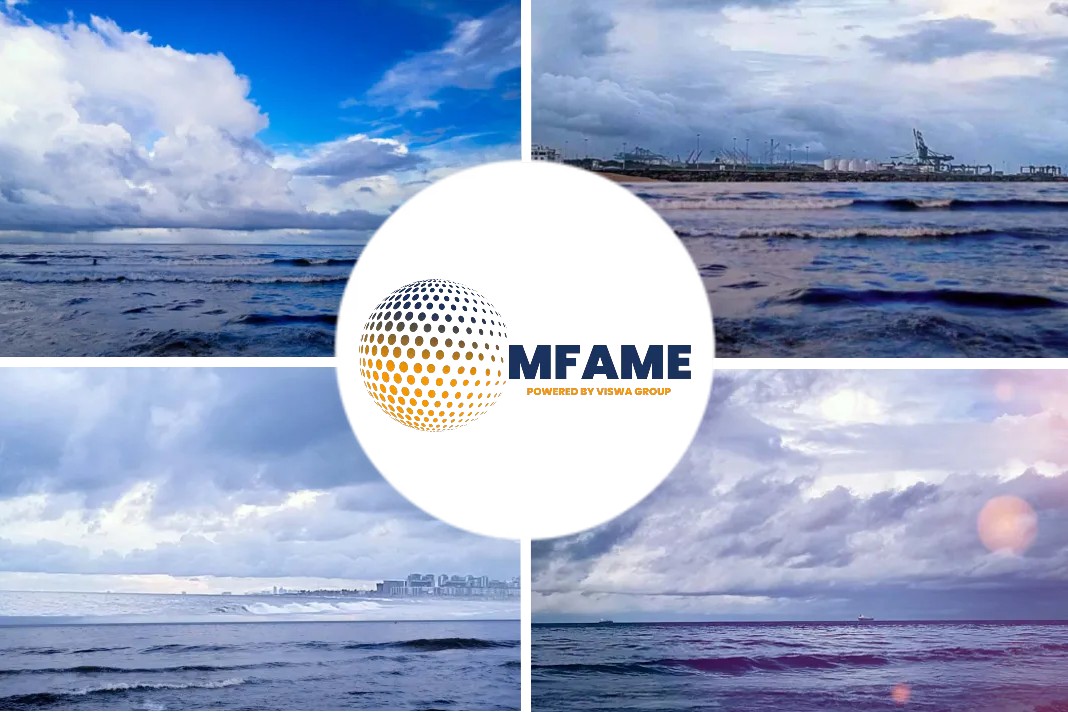According to a Platts article, the bunker industry’s transition from HSFO to very low sulfur fuel oil is showing good signs of progress as the deadline for the International Maritime Organization’s global sulfur limit rule for marine fuels approaches, International Bunker Industry Association director Unni Einemo told S&P Global Platts.
Increasing VLSFO Supply
“I expect we will see increasing supply of VLSFO during October, November and December in most markets,” she said this week. This comes as rising number of suppliers worldwide are already making announcements about either starting or readying to supply VLSFO meeting the 0.5% sulfur limit to be implemented from January 1, 2020.
Time To Forge Close Relationship With Suppliers?
“We recommend establishing closer relationships with bunker suppliers. Communicate clearly when you need compliant fuels from your bunker suppliers and any particular product qualities you need,” Einemo said.
“This will help suppliers understand your needs and give them a chance to meet your requirements, and if, for whatever reason, a supplier can not provide the product you want at the right time and place, the sooner you know the sooner you can seek alternative sources of supply,” she added.
Fuel Quality Focus To Prevent Problems?
Meanwhile, Einemo said she was hopeful that the intense focus on bunker fuel quality will likely prevent any increase in severe quality problems.
“We have seen fuel quality issues increase in the past when the ECA [emission control areas] sulfur limit dropped to 1.5% and then 1%,” she said.
“These [fuels] contained more low sulfur blend components than what is used to blend HSFO and some of these were associated with a deterioration of overall fuel quality,” she said.
On that basis, it seems likely that there will be some teething problems in 2020, Einemo said.
However, many VLSFOs are likely to be of better quality than HSFOs today, with less cat fines and other impurities, and may have better calorific value depending on the nature of the blend components that have been used to produce them, she added.
NAVIGATING THROUGH 2020
The IMO’s guidelines for consistent implementation of the 0.50% sulfur limit are very comprehensive but they may not be properly understood or followed by all the relevant parties, Einemo said.
“One of the main challenges is that enforcing sulfur limits is new for many countries, so we don’t know to what extent they will do it or how they will do it,” she said.
Moreover, there are many countries that have not yet transposed the regulation into national law, even if they are signatories to MARPOL Annex VI, Einemo said.
The regulation must be enacted into their legislation to allow them to enforce it, she added.
As the IMO 2020 global sulfur mandate nears, there is no shortage of advice available to manage fuels, Einemo said.
The joint industry guidance, for example, is designed to give all the necessary advice to safely manage all aspect fuels complying with the 0.50% sulfur limit.
“IBIA has made it known to all our members and I assume the other parties that took part in developing it have done the same,” Einemo said.
“All we can do is encourage those that have concerns to make use of the guide,” she said.
In September, the ISO released a new publicly available specification, a document addressing quality considerations that apply to marine fuels in view of the implementation of maximum 0.5% sulfur in 2020.
Meanwhile, shipowners should also ready their fleets by adhering to the IMO’s ship implementation plan, or SIP, Einemo said.
Although the SIP is not mandatory, it is a helpful tool for demonstrating, on a ship by ship basis, that the ship has an effective compliance strategy in place, she said.
The ship crew should also be well informed about what they need to do and give them the tools to manage and mitigate potential risks, she said.
SCRUBBERS DEBATE
Some ports have announced bans on washwater discharge from open loop scrubbers in their port waters.
There is a lot of emotive language asserting that open loop scrubbers are dealing with an air pollution problem but creating a new one by “dumping waste water” into the sea, IBIA had said in a statement earlier this year.
That’s an oversimplification and ignores the fact that the IMO has set out guidelines for scrubbers which include washwater discharge and monitoring criteria to safeguard against environmental damage, it said.
“If they [shipowners] are considering installing a scrubber and want full flexibility to use it in waters where using open loop systems are not permitted, consider a hybrid system that can run in closed loop mode,” Einemo said.
“However, it will be worth looking at how the extra cost of installing and running a hybrid system compares to using marine gasoil in the areas where they can’t use an open loop scrubber”, she said.
Did you subscribe to our daily newsletter?
It’s Free! Click here to Subscribe!
Source: Platts
























